
Harold C. Schonberg in The New York Times:
Two things happened last night at the Metropolitan Opera, and it is hard to say which caused more enthusiasm in the audience. One was a new production of Gluck’s “Alcestis.” an opera not heard at the Metropolitan since the ’51-’52 season. The other was the long-awaited debut of Eileen Farrell, the American dramatic soprano.
The opera was designed by Michael Manuel. Greek in Grecian dress with modern ideas would be a good general description. (Not that the Gluck opera has much to do with the original Euripides play, in any event). In the first act four huge statues dominated the stage. But these were not Greek sculptures. They were monolithic male and female figures out of Jacob Epstein.
The idea was that they symbolize the pity and terror of the opera. Later they return, in the second act, as a backdrop to the Alcestis-Admetus duet, in which he discovers she has given her life to save his. The underworld sequence of Act III has smoke on the stage, featureless demons and a backdrop of Dante, with falling figures withering into the abyss. At the end of the opera there is a transformation scene, with clouds dissipated by a brilliant sunburst, and a final concluding ballet.
Plenty of dances, some brilliant lighting effects and colorful costumes feature this production. “Alcestis” is not a hard opera to stage. No matter what one can do, the charge of pseudo-Greek will be leveled against it. But surely there is a way around the impasse-a way not really found last night. Again we had the Metropolitan’s favorite mixture of realism and symbolism, jogging uneasily together.
Miss Farrell has a big following. At her entrance, some in the audience had the bad taste to applaud during the choral section that was going on. They were quickly shushed, and not until the end of the last act did the audience unleash its applause. Miss Farrell got quite an ovation.
There was much in her singing to admire. Her voice is still very big, and when she can get set for a note that lies comfortably in her voice, she can all but pulverize it. She is also capable of beautiful pianissimo singing. Her second-act aria, up to the allegro section, was of exceeding loveliness; and in the first scene of the third act her aria had superb quality.
But something has happened to her top notes. In the “Divinités du Styx (the opera was sung in English, but that is what the aria is called by all opera lovers) the B flats were shrill and driven. Similarly, in the second act “O ciel! quel supplice,” Miss Farrell had trouble with the A’s and A-flats.
Hers is, of course, by far the major role, with the most interesting music. Nicolai Gedda sang intelligently and resourcefully, and Walter Cassel provided a dependably sung High Priest. Erich Leinsdorf conducted with clarity. He used the French version of the score. Gluck’s first version, in Italian, is virtually an entirely different opera and is seldom heard-with an excision here and there, and an occasion interpolation.
The all-important choral parts sounded excellent. In some respects “Alcestis” with its limited action and its surging Handel-like choruses is an oratorio, and it was almost played as such. If truth be told, the opera is ore of a museum piece than Monteverdi’s “Orfeo,” which preceded it by about 150 years.
No matter what is done with “Alcestis,” it tends to remain static, lovely as some of the individual arias and choruses are. Unless brilliant, idiomatic singing comes with it, the work is going to suffer. It did, last night.
On this day in 1846 Berlioz’ La damnation de Faust premiered in Paris.
Birthday anniversaries of lyricist Ira Gershwin (1896) and conductor Nikolaus Harnoncourt (1929).
Happy 81st birthday conductor John Nelson.
Born on this day in 1900 actress Agnes Moorehead.
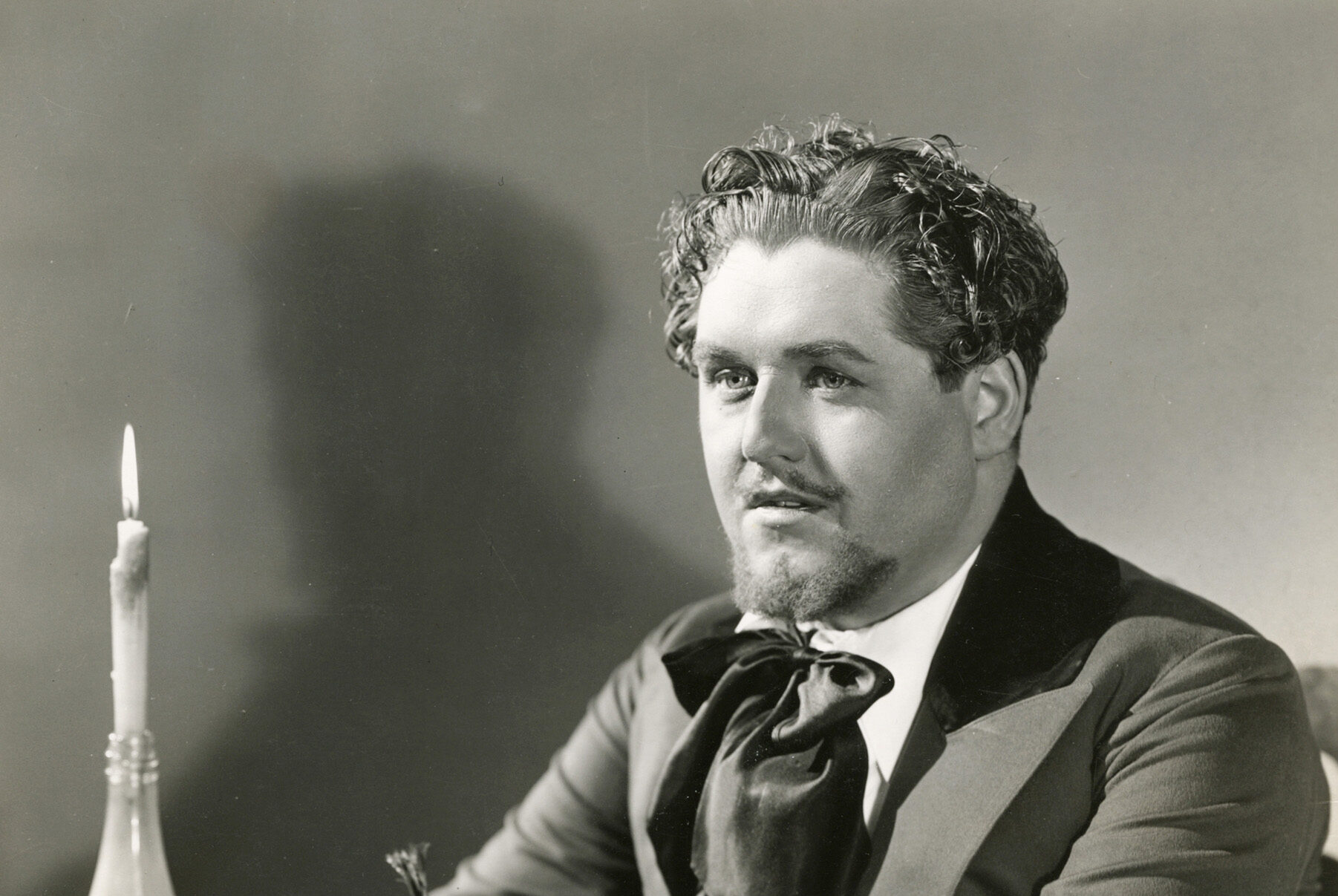
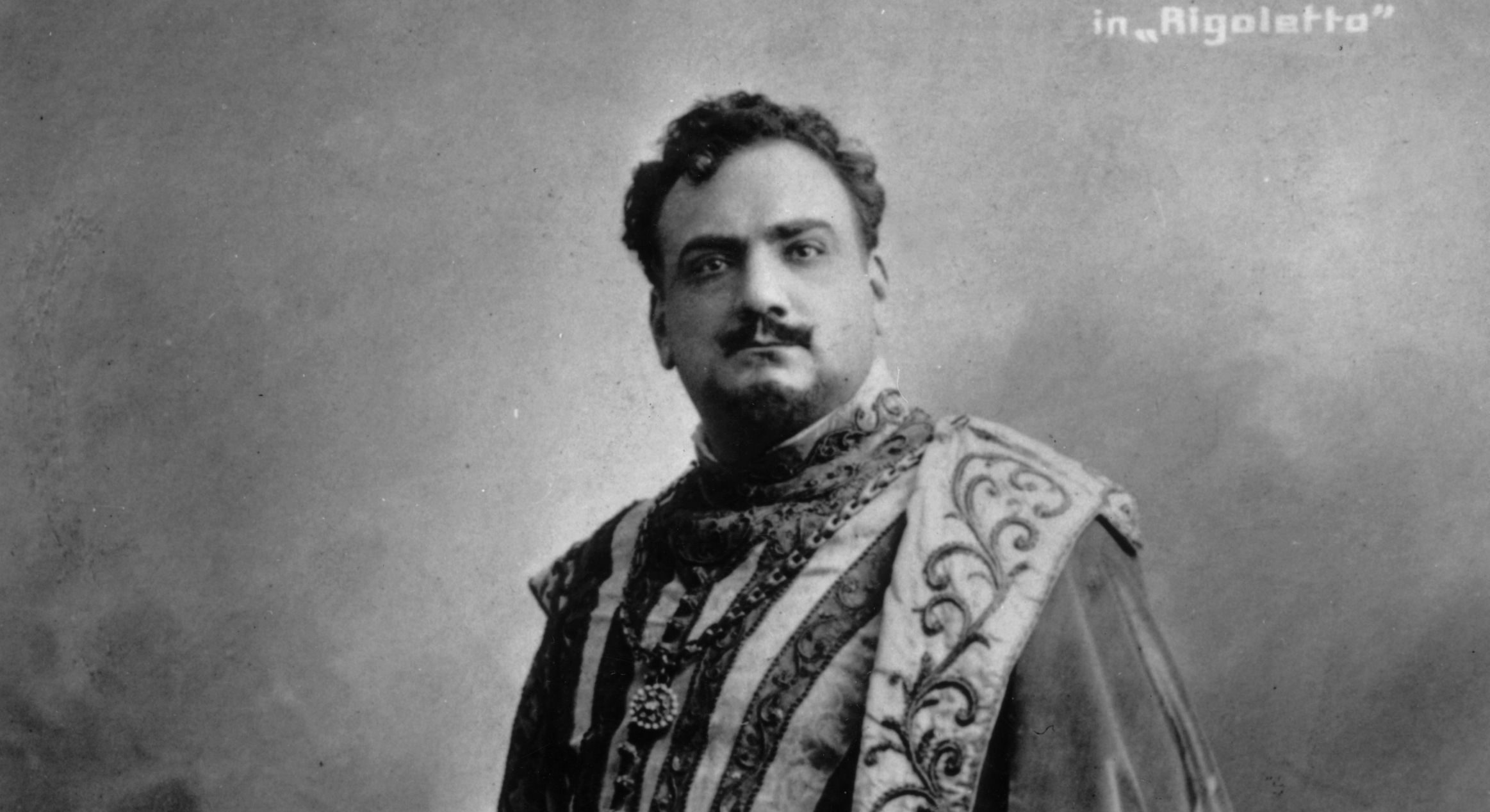
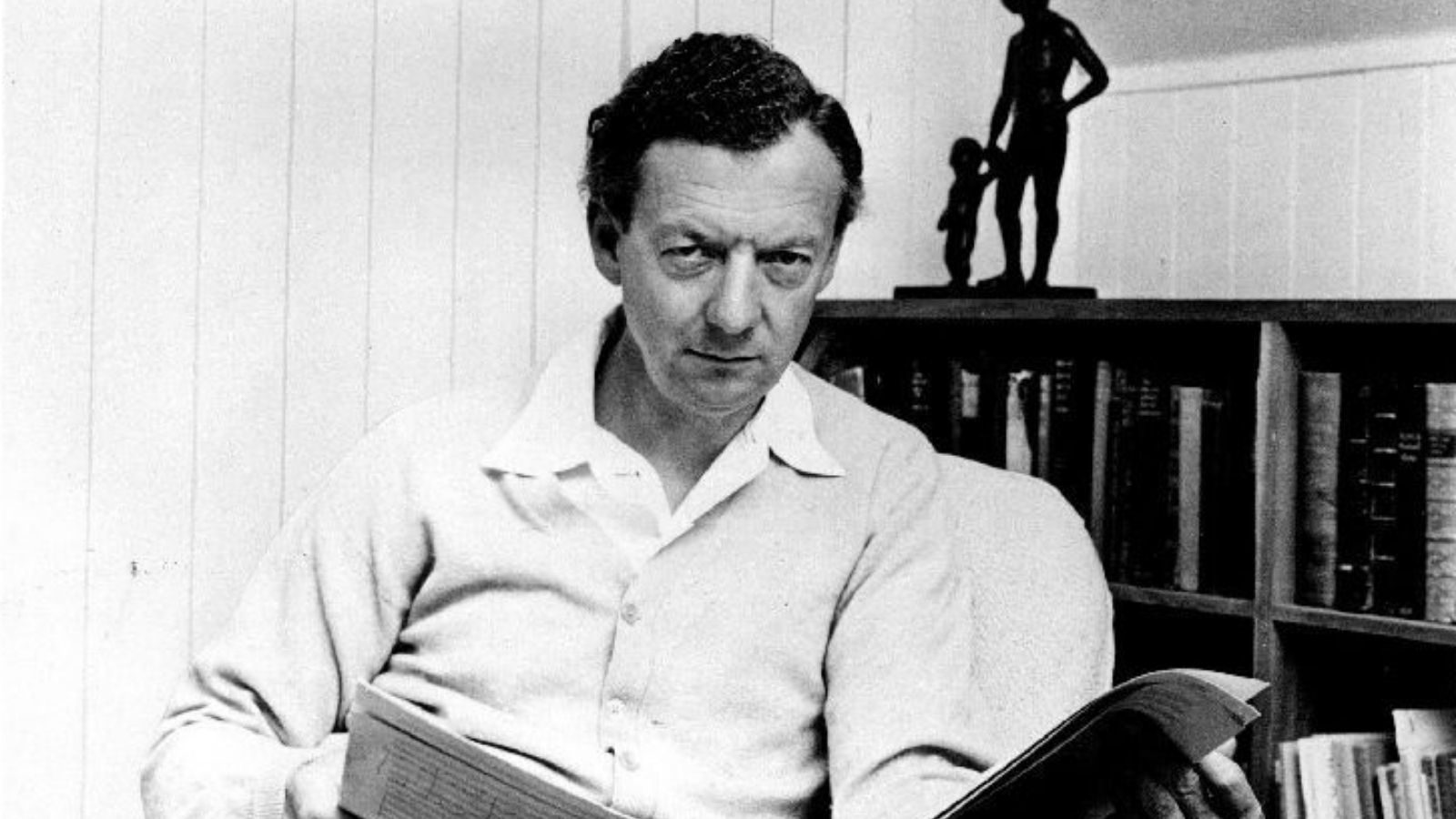

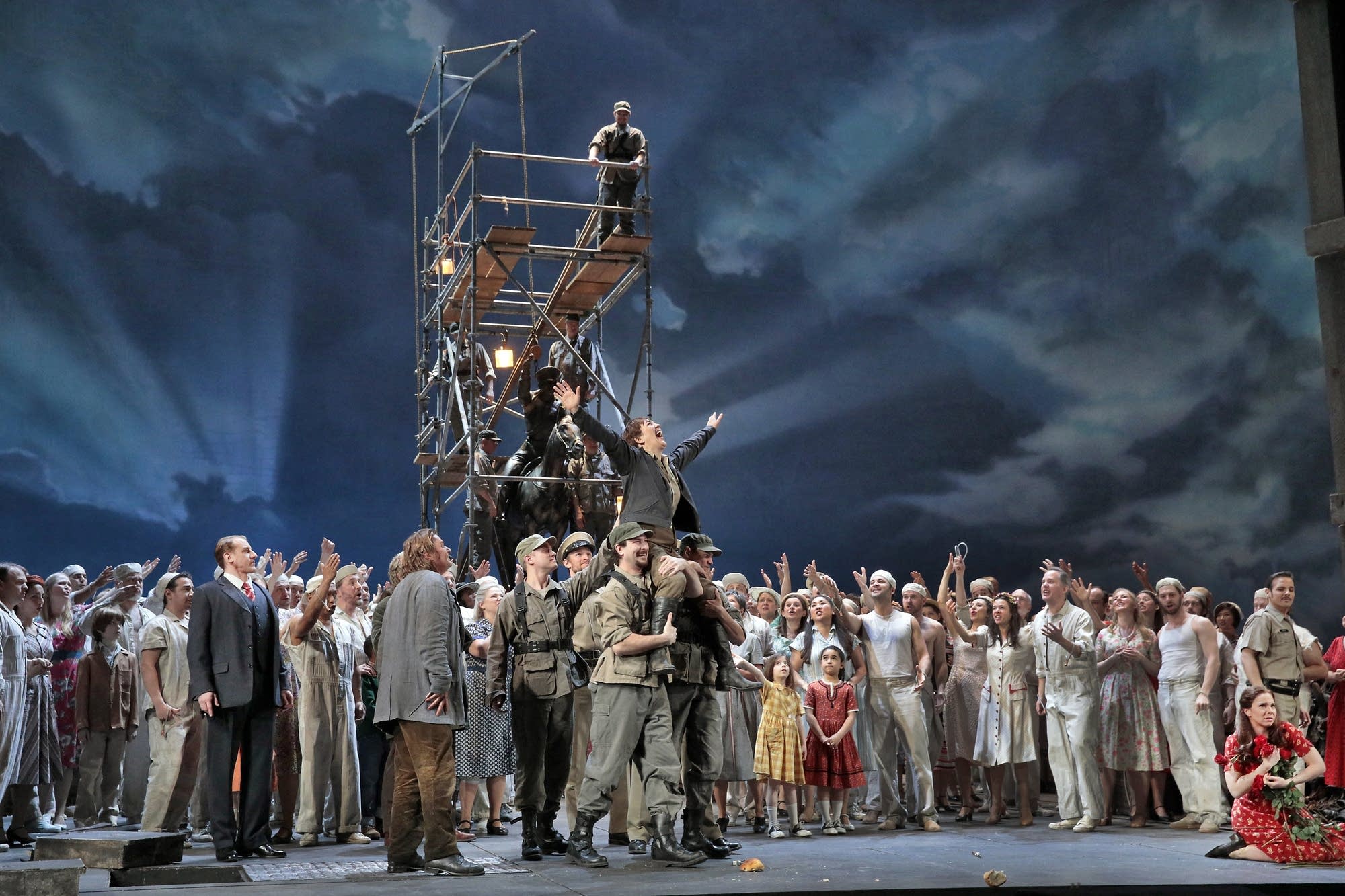
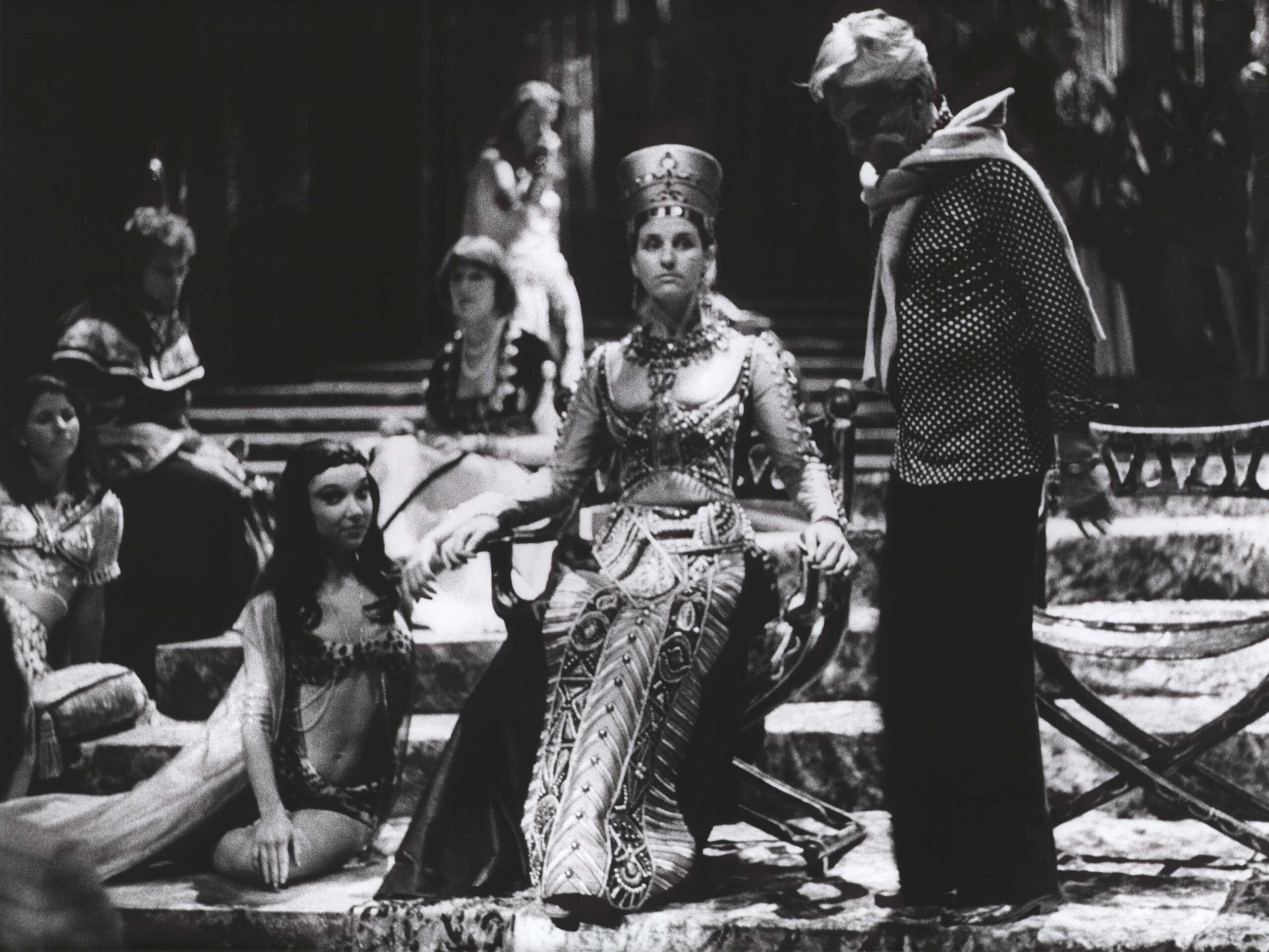
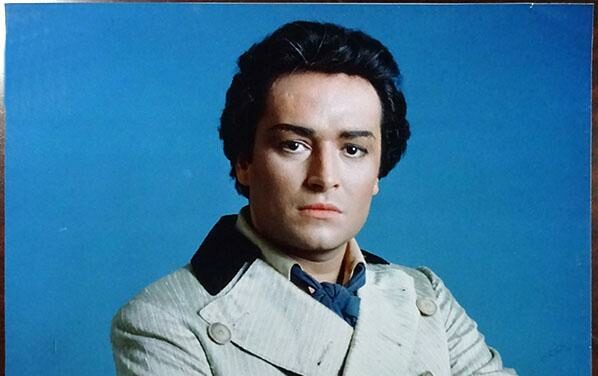
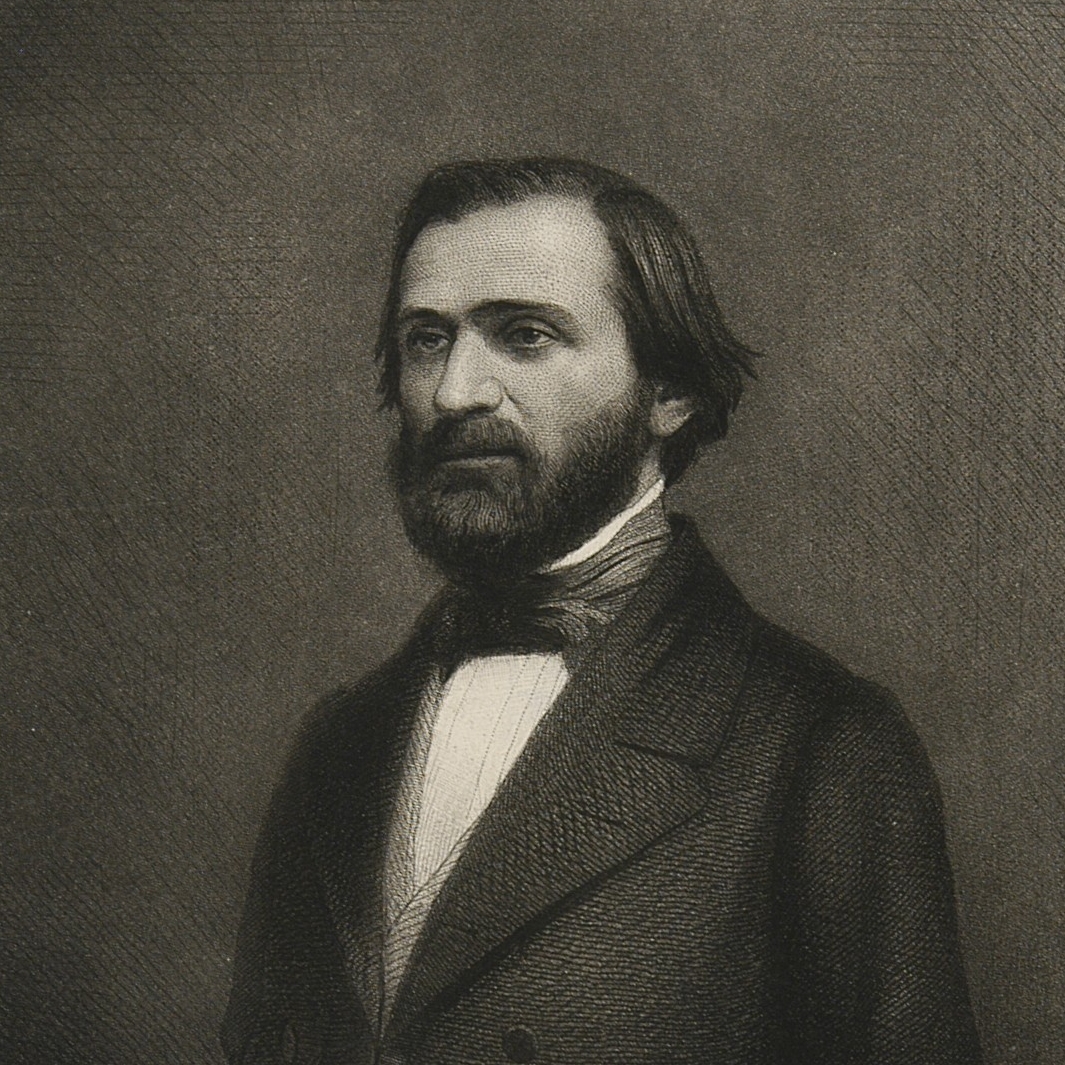
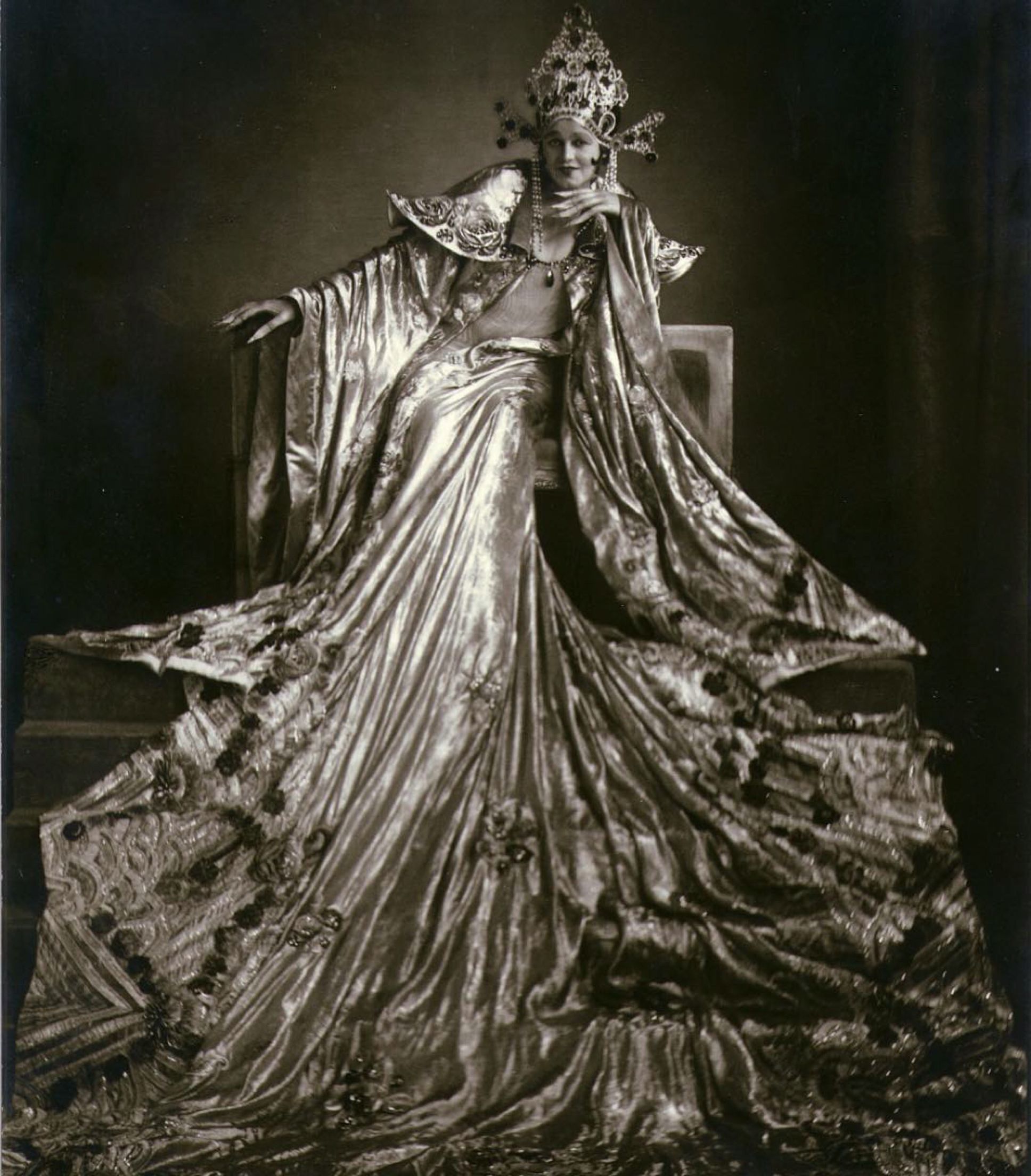
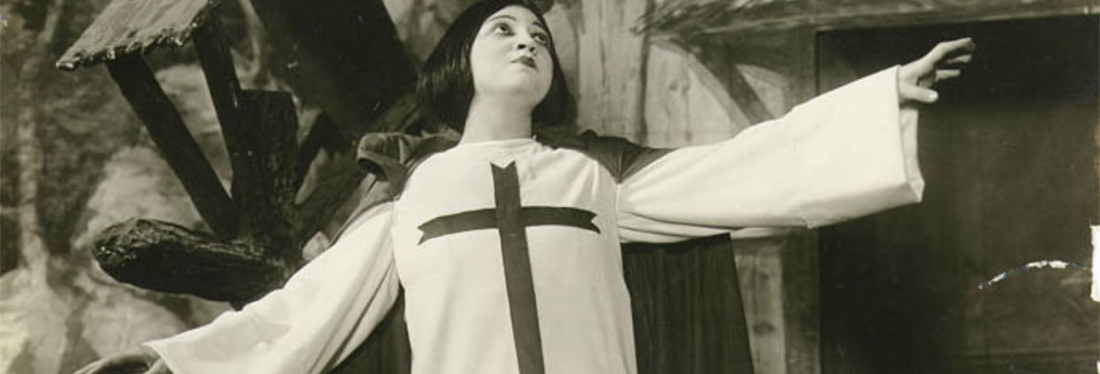

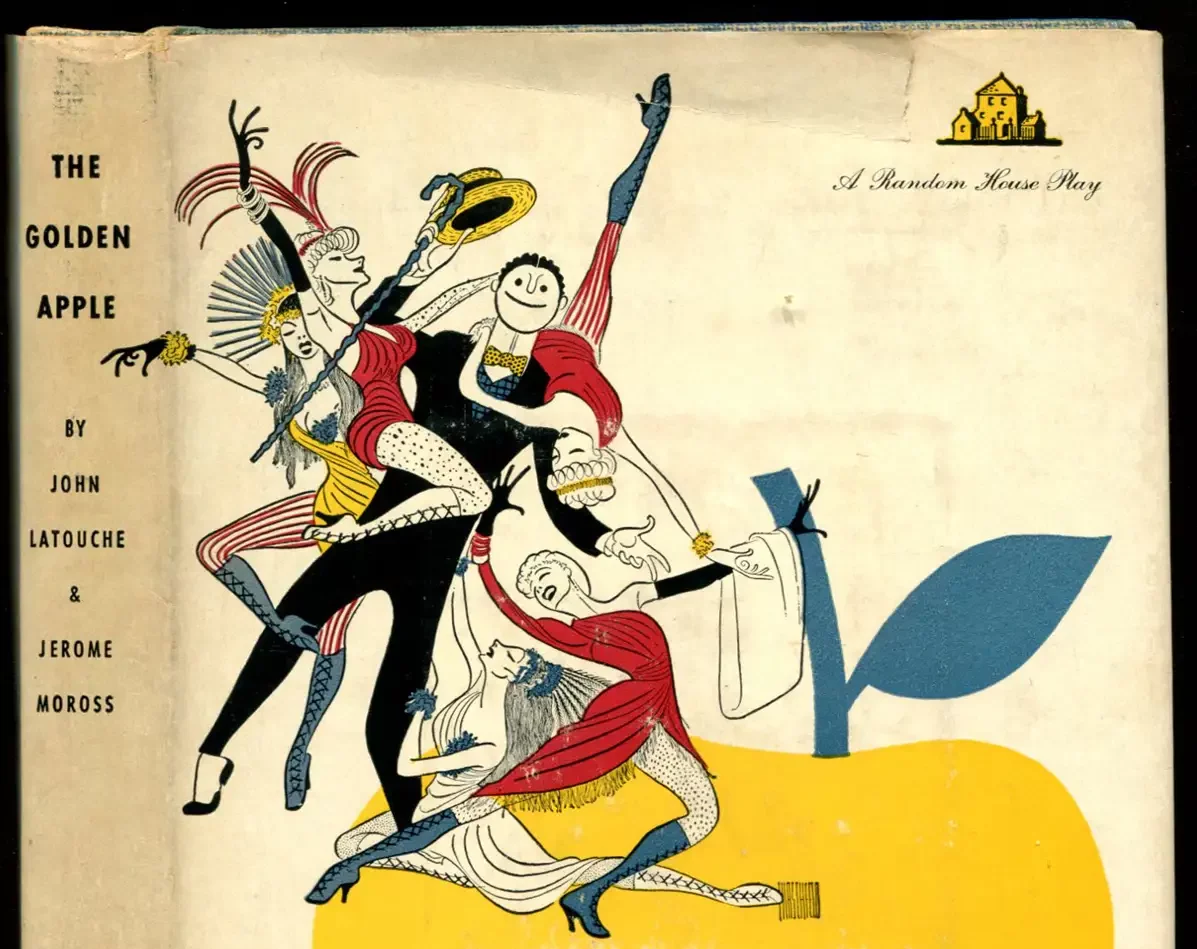
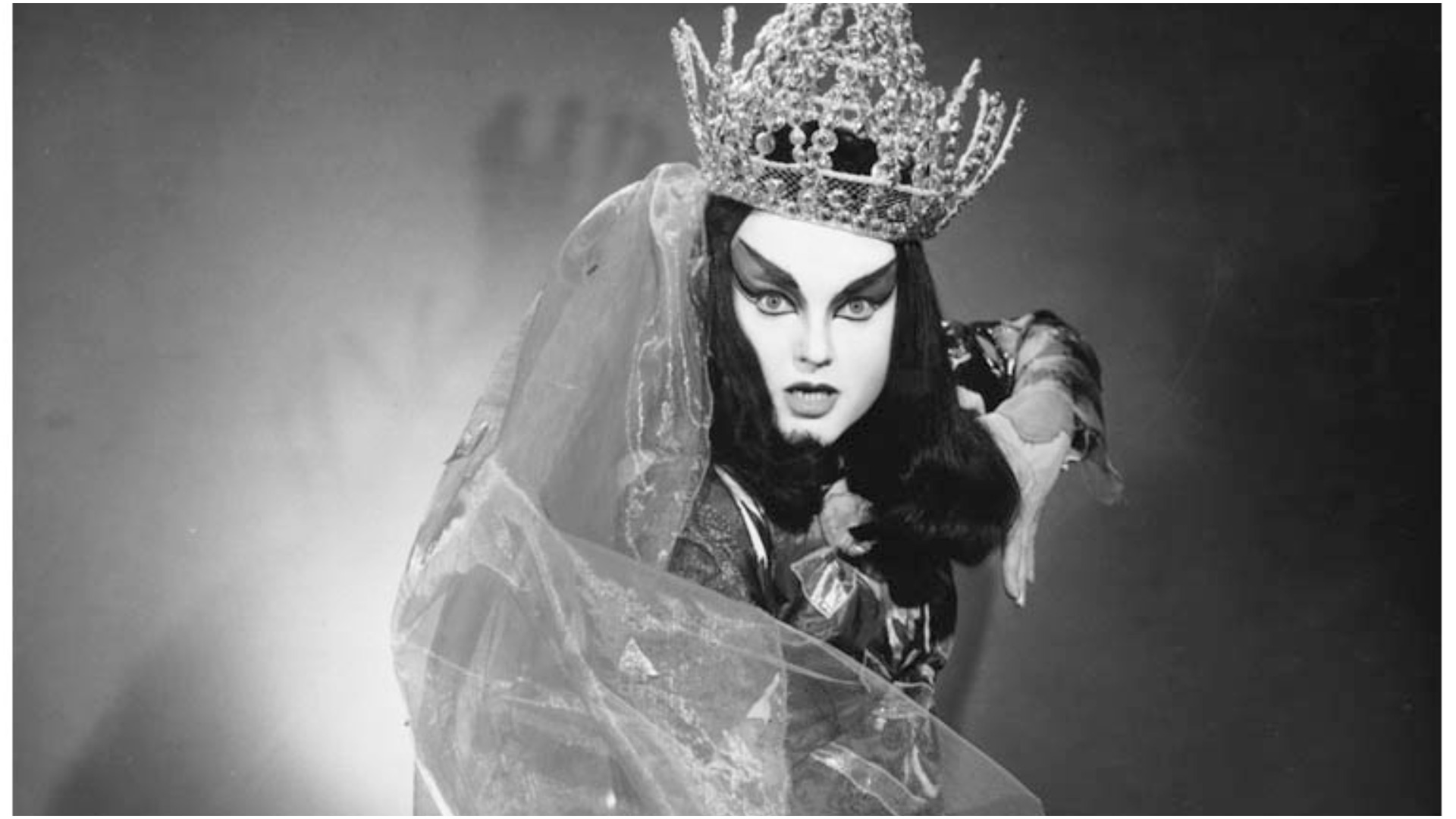
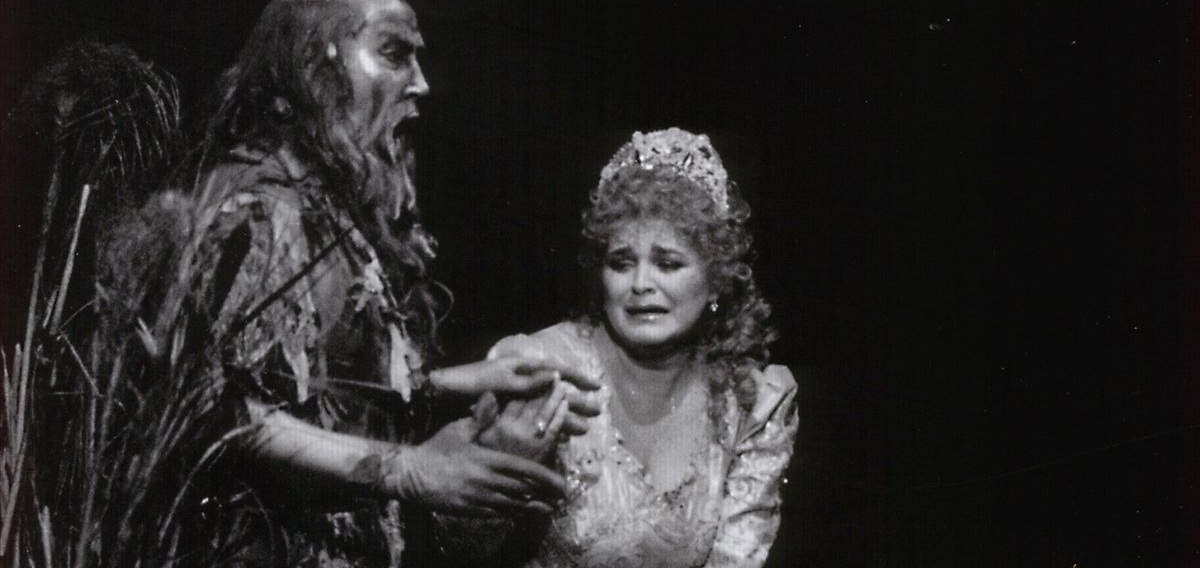

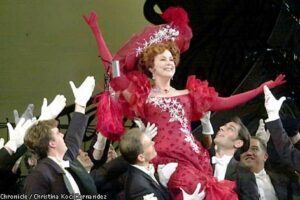
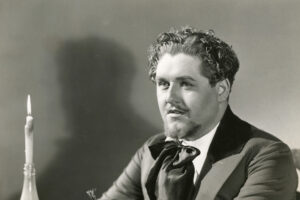



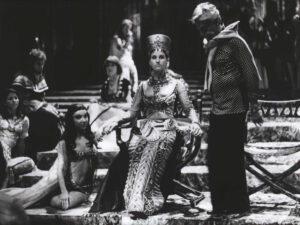





Comments